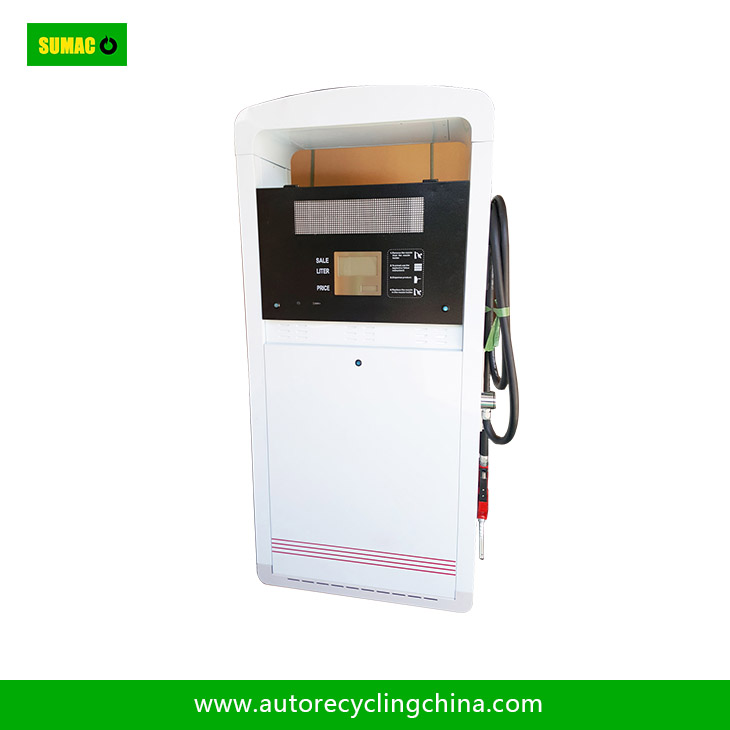Effectively controlling the cost of painting fuel storage tanks is crucial for businesses aiming to optimize their operations and safeguard their investments. Here are several strategies to achieve this goal.
Opt for the Right Paint
- Quality - cost balance: Although it might be tempting to choose the cheapest paint available, high - quality paints like epoxy, polyurethane, or fluoropolymer coatings often prove more cost - effective in the long run. Epoxy coatings, for example, offer strong adhesion and excellent chemical resistance, reducing the frequency of repainting. While their upfront cost may be higher, they save money over time by providing longer - lasting protection.
- Consider paint formulation: Some paints are formulated with high - solids content, which means fewer coats are required to achieve the desired thickness and protection level. These paints, despite potentially having a higher price per gallon, can lower overall costs as less product is needed for the job. Additionally, look for paints with good coverage rates. A paint that covers a larger area per unit volume can significantly cut down on material expenses.
Proper Surface Preparation
- Thorough cleaning: Before painting, ensure the tank surface is free of rust, dirt, grease, and old paint. A clean surface allows the new paint to adhere better, enhancing its durability. Using cost - effective cleaning methods such as pressure washing or chemical degreasers can prevent premature paint failure, which would otherwise lead to costly re - painting.
- Efficient sandblasting: If sandblasting is part of the surface preparation process, optimize the operation. Properly calibrated sandblasting equipment uses the right amount of abrasive material, reducing waste and saving on the cost of abrasives. Moreover, an evenly sandblasted surface ensures consistent paint adhesion, minimizing the need for touch - ups.
Painting Process Optimization
- Skilled labor: Hire experienced painters or provide in - depth training to your in - house team. Skilled workers can apply paint more efficiently, using the correct techniques to avoid over - application or uneven coverage. They are also better at troubleshooting during the painting process, reducing the risk of mistakes that could lead to additional costs.
- Appropriate equipment: Use high - quality painting equipment, such as spray guns or rollers designed for industrial applications. Well - maintained and properly selected equipment can improve paint transfer efficiency, ensuring that more paint reaches the tank surface rather than being wasted in the air or on the ground.
Long - term Maintenance Planning
- Regular inspections: Set up a regular inspection schedule for the painted tanks. Early detection of any signs of paint degradation, such as peeling, cracking, or blistering, allows for timely and less costly repairs. Small touch - ups are far cheaper than a complete repainting job required when the damage has progressed significantly.
- Preventive maintenance: Implement preventive measures like protecting the tanks from physical damage, such as impacts from equipment or vehicles. Additionally, consider using sacrificial anodes or other corrosion prevention methods in combination with the paint to extend the lifespan of the coating and the tank itself, ultimately reducing long - term costs.
-

